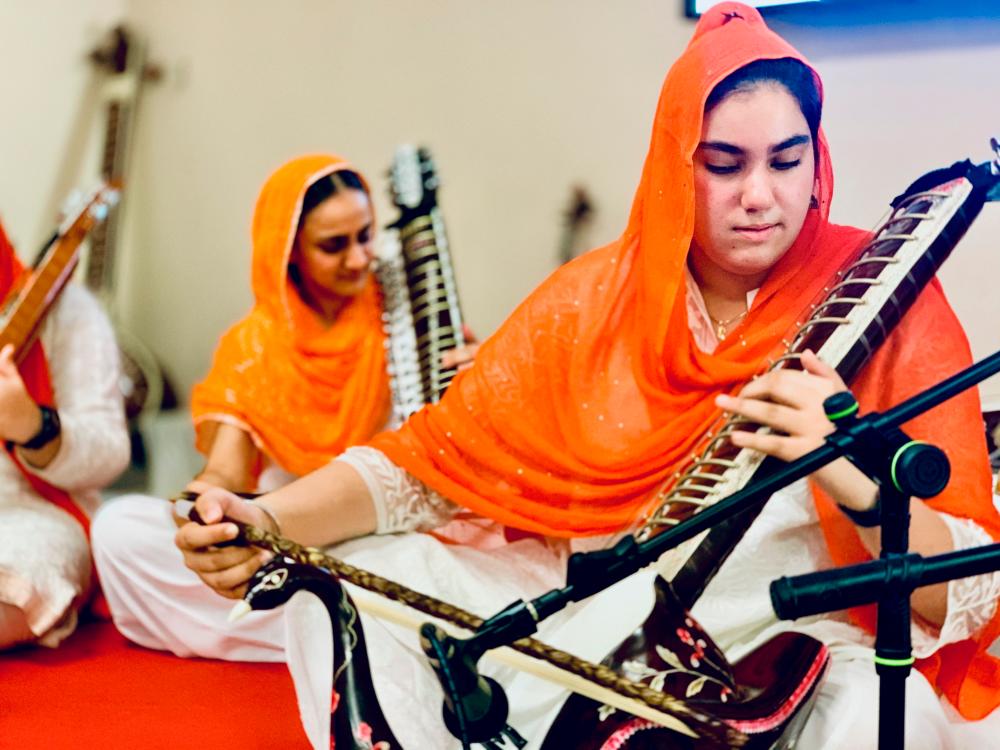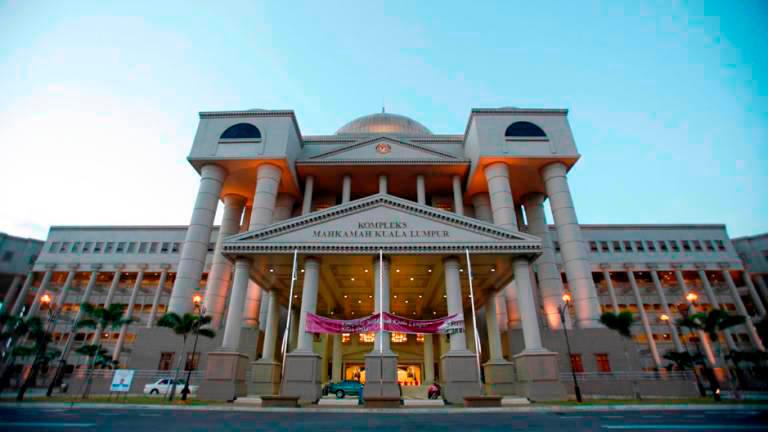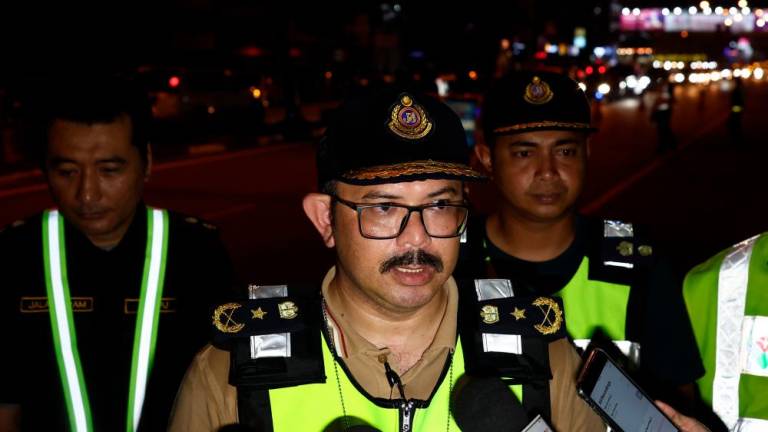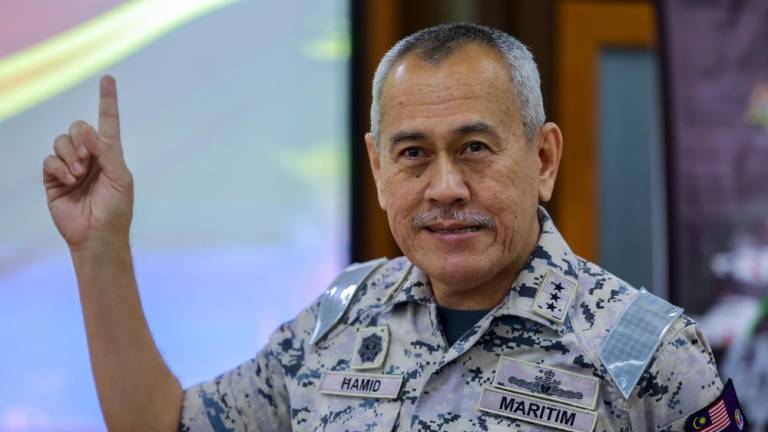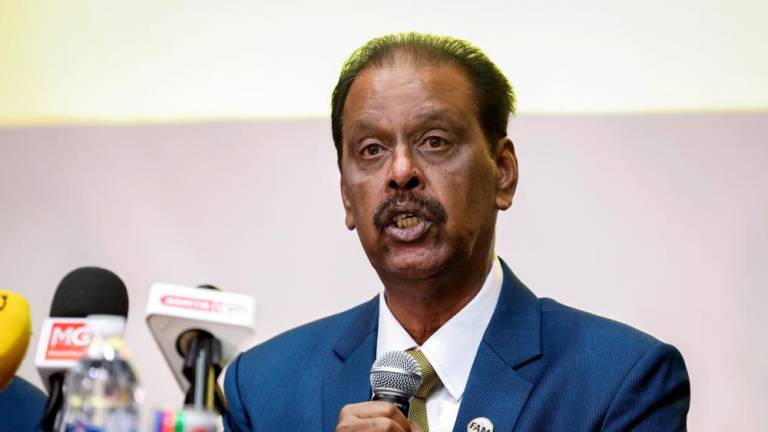IT’S not every day that one gets a chance to speak to a musician as talented as Roshnee Kaur. The 19-year-old plays a total of five instruments – the piano, violin, bagpipes, dilruba and taus.
The latter two are traditional North Indian string instruments with centuries of history behind them, but were only introduced to Malaysia about a decade ago, through the SGGS Gurmat Sangeet Academy in Kuala Lumpur. Roshnee is one of the few people in Malaysia to have mastered both ancient instruments.
She also plays the bagpipes in the award-winning Sri Dasmesh Pipe Band, and has also played the piano and violin with local youth orchestras in the past.
In a phone interview with theSun, Roshnee, who is set to begin her second year of medical school in August, explained her natural affinity with music on the fact that she grew up in a very musical family.
“My dad plays the tabla,” she explained. “And both my sisters and I got into music at a very young age. We started off with ‘western’ music, and then we slowly progressed to classical vocal training and traditional North Indian instruments.”
She even learnt to play the tabla and sitar when she was six years old, although she stopped playing them at age 11.
Roshnee and her sisters first learnt to play the dilruba and taus at the then-newly formed SGGS Academy, thanks in large part to their father’s encouragement. “My sisters and I were one of the first students of the academy,” she said.
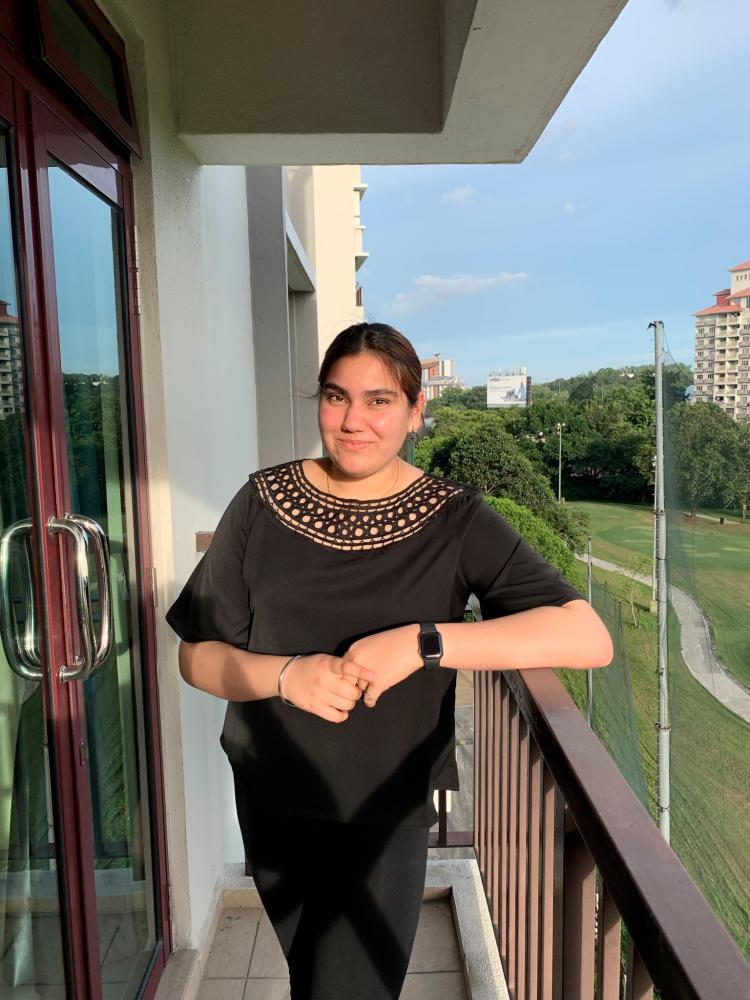
According to Roshnee, both instruments were created over 300 years ago by two of the 10 founding fathers of the Sikh religion. The sixth guru, Guru Hargobind Singh (1606-1644) created the dilruba, and the 10th guru, Guru Gobind Singh (1675-1708) created the taus.
The instruments are usually performed in the temple, when worshippers sing raags, or hymns, based on their holy scriptures. Roshnee has also performed at specially organised cultural festivals.
Roshnee and her sisters were among the first people in Malaysia to pick up the dilruba and taus. These days, more people are beginning to play, although their numbers are still a fraction of those learning more ‘popular’ instruments like the sitar.
Because the taus resembles an integration of both the sitar and violin, due to its frets and the use of a bow, Roshnee was able to pick it up easily. “[My sisters and I] took less than six months to get to a performing [level].”
Both the dilruba and the taus – which looks like a peacock – have their own distinct sound.
“I started off learning the dilruba. It’s a very compact instrument so it doesn’t have that resonating, rich, deep sound that the taus has. When you play the taus, you can hear it a mile away.
“Compared to a violin, the taus has about 20 to 30 strings. There are four main strings, and the rest are smaller strings that we play within the instrument, that we use to tune when we play different raags.”
The taus is an extremely technical instrument that requires a lot of skill to play, and is very high-maintenance. Roshnee spoke animatedly about the different strings, demonstrating her vast knowledge of the taus that came as a result of years of experience.
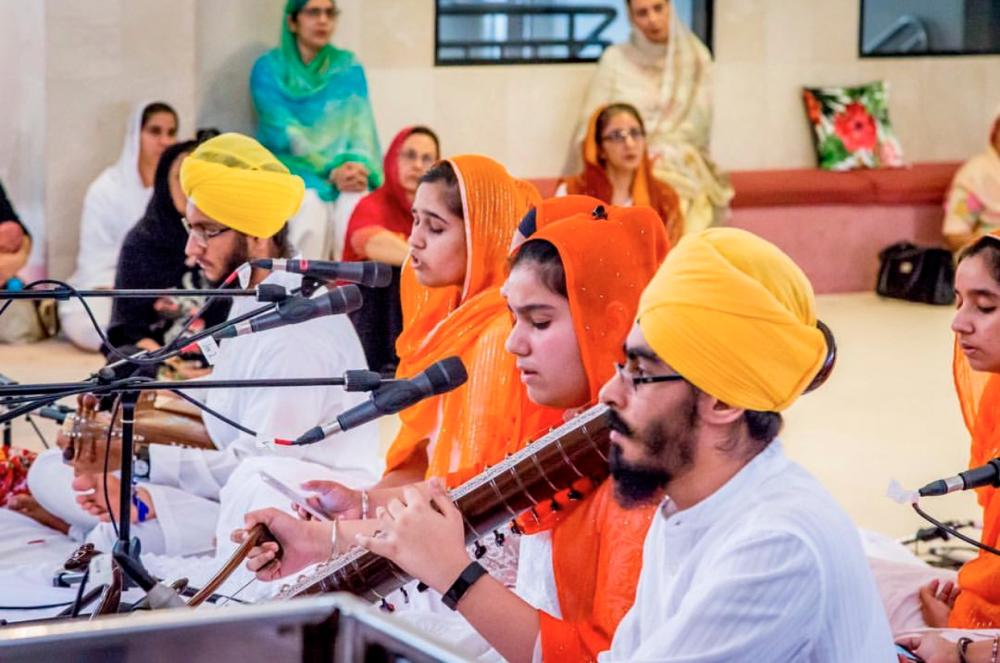
“It took me a while to switch between the dilruba and taus,” she said, “because the dilruba also has those finer strings, but they don’t resonate as much as the taus.
“When you play a tune [on the taus], the resonating strings at the bottom are also playing with you. So if you don’t fine-tune those strings, they can sound a bit off.”
Sadly, due to the ongoing MCO, Roshnee has not been able to perform in front of an audience for over a year.
She continues to practise her instruments whenever she can, even continuing her taus music lessons with her teacher via video call, balancing her time between studying for her exams.
“It’s a very fulfilling experience when you get to play your instrument,” she explained. “You develop a relationship with it. It’s a nice feeling when you get to play it after a long time.”
Roshnee also shared her thoughts on the importance of keeping traditional arts alive, especially ones so integral to the community.
“I’m really grateful that it came to Malaysia when it did,” she said. “I think it’s extremely important to preserve the heritage of these instruments, and if you don’t pass it on to future generations, it’s going to die out, and just be obsolete.
“It is part of our culture [and] our religion, and we should embrace it. If you were to tell the youth how important it is, and show them, and ask them to play it, then they will be able to [preserve] it for the next generation.”



